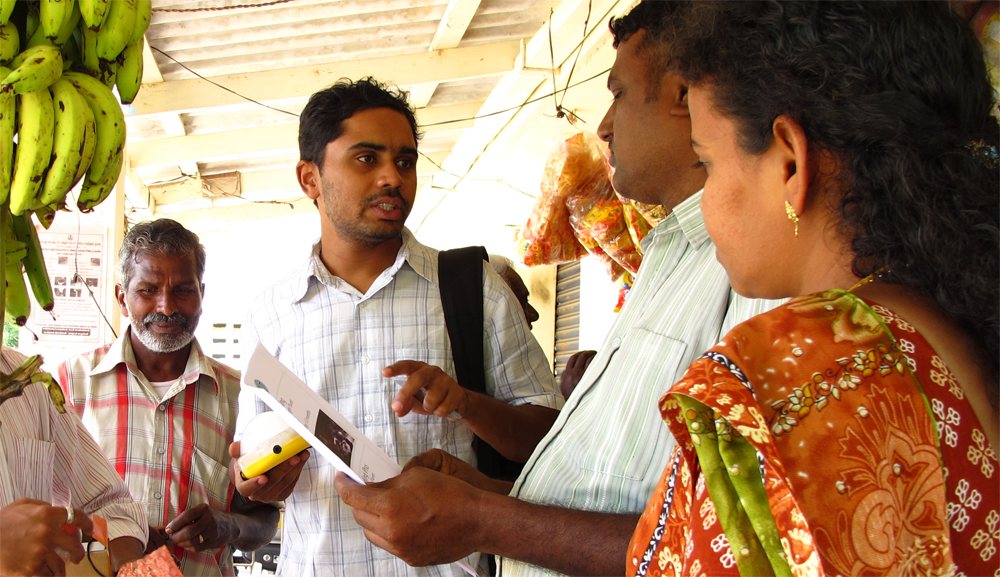“What products are in Essmart’s catalogue of essential technologies?”
This is a question we’re asked often. And to be honest, we don’t have a good answer for this question yet. Not because we don’t have a long list of products that we’d potentially like to include in our catalogue. We do. But because we don’t have a finalized list that we feel comfortable sharing, and I’m not sure we’ll ever have a finalized list. We see the catalogue as an ever-evolving part of our model – the feature that can be adapted and tailored to any local conditions. It’s not meant to be set in stone or finalized.
I think a more important question to ask is perhaps: “How do you choose the products that are in Essmart’s catalogue?” We’re approaching this question from three angles: user research, personal experiences, and market feedback.
1. User research. One way to figure out what technologies people want in our catalogue is to simply ask them. We have to spend time with households, sitting with them, understanding what their needs are and what products they feel they’re missing. This approach does have its challenges, though. First of all, its time intensive. But perhaps more importantly, users don’t always know what they want or what options are out there. I remember reading a case study about a company in the 1980s that conducted market research on whether or not Americans wanted wide screen TVs (or something electronic like that). The research showed there was no market. Two months later, a competitor company came out with a wide screen TV that sold like wildfire. I can’t remember the specifics, but I remember the lesson: people don’t necessarily know what they need or want when asked open-ended questions.
2. Personal experiences. Since sometimes people don’t know what they want or what’s available, we can always ask ourselves the same question. What essential technologies do we want or would we use? When the power goes out, what would help us continue whatever it is we were doing? If the answer is a solar lantern, then we can test it out. Getting our own personal feedback on the technologies we choose to use is a helpful first step. But we also have to remember that our personal experiences in our Pollachi office will not fully translate to the rural village living experience.
3. Market feedback. User research can be inaccurate, and personal experiences don’t always translate to our target customers. I feel that the best way to figure out what should go in our catalogue is to put a lot of different technologies in there and see what sells. Good ol’ market based feedback. When someone chooses to invest their limited disposable income in one of the products, that tells us a lot about their needs and wants. The challenge with this approach is that it can be risky for both us and the end users. We don’t want to put poor quality technologies in our catalogue, sell a few, and taint our brand name. We also don’t want people to use poor quality products. While we ultimately want to design our catalogue based on market feedback, but we still must choose our initial catalogue wisely.
So how do we use these three angles to choose our catalogue? It’s a balancing act. All three perspectives can help us determine what is the most appropriate for our catalogue, but the contribution each one plays will inevitably vary. I don’t know which one will prove most important in the coming weeks, and if this will still be true after two months. But I do know that balancing how much each angle contributes to our catalogue formation is something we will be learning over time.

